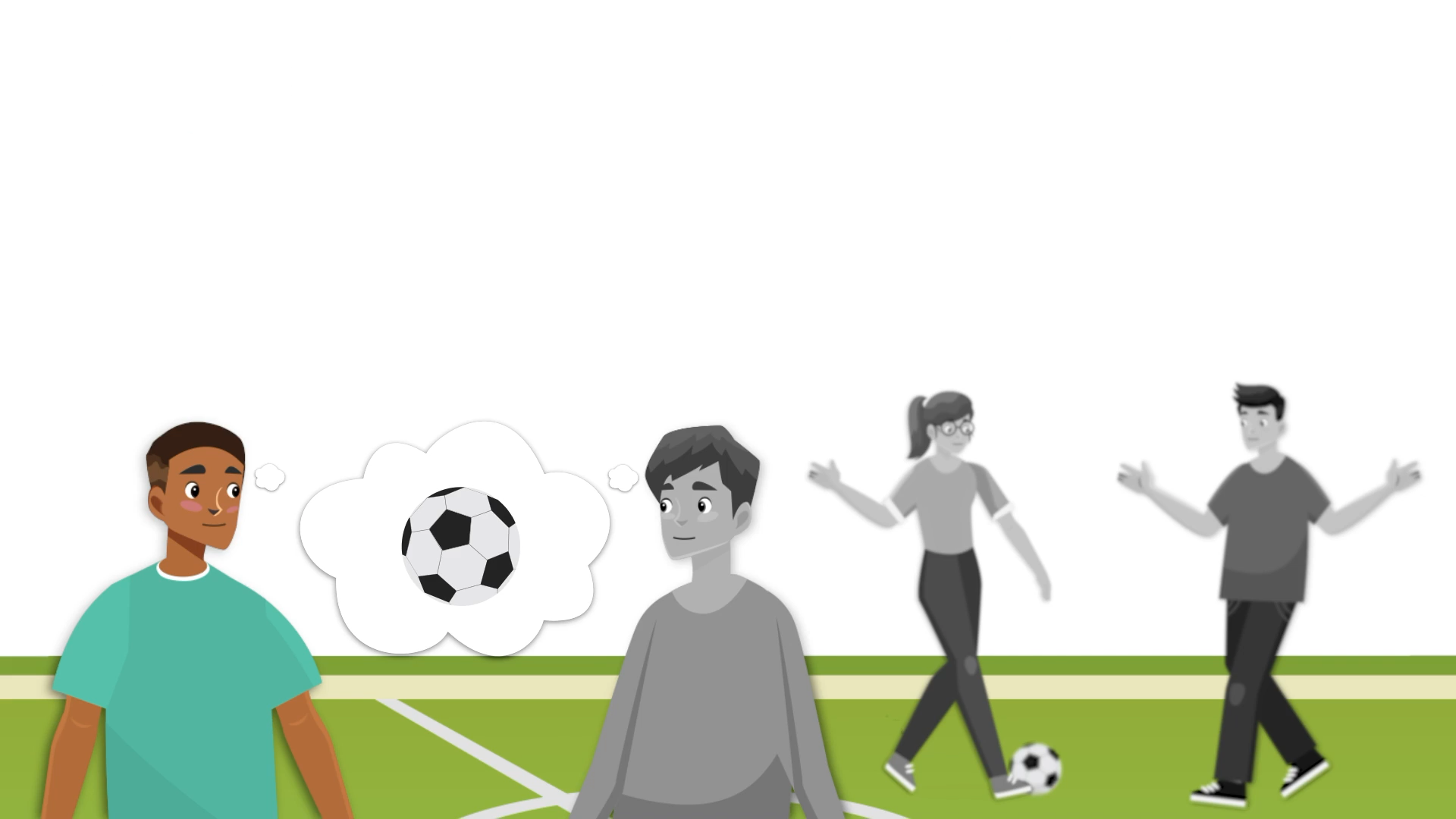
Introduction
Fostering strong friendships among high school students is crucial for their social and emotional growth. As educators, we can help students develop the skills required for building meaningful connections. These skills include learning about others, asking general questions, sharing about oneself, spending time together, and maintaining a balanced friendship. This blog post will explore an easy-to-implement activity, discussion questions, and related skills to help educators guide students in building strong friendships.
No-Prep Activity: The Friendship Web
This simple activity requires no preparation or materials and can be conducted during a regular class session. The goal is to encourage students to learn about each other and discover common interests.
- Ask students to form a circle, either sitting or standing.
- Choose a volunteer to start the activity. The volunteer will share something about themselves, such as a hobby or interest.
- The next student in the circle will find something in common with the volunteer and share that connection. For example, if the first student shares that they enjoy playing soccer, the next student may say, “I also love soccer.”
- The activity continues around the circle, with each student finding a common interest with the person before them and sharing it with the group.
- Once the activity returns to the initial volunteer, they will find a connection with the last student to complete the “friendship web.”
This activity helps students learn about their peers and discover shared interests, promoting a sense of connection and camaraderie within the group.
Discussion Questions
After the Friendship Web activity, use these questions to stimulate further discussions among the students:
- What are some qualities you look for in a friend? How do these qualities contribute to a strong friendship?
- Why is it important not to overshare personal information too soon in a friendship? How can this affect the development of a connection?
- How can spending time together outside of school help strengthen friendships? Can you think of any activities that you enjoy doing with your friends?
- What does it mean to have an equal friendship? Why is it important for both friends to invest time and effort in the relationship?
- How can we support our friends when they are going through challenging times? Can you share an example of when you helped a friend or a friend helped you?
Related Skills
Beyond the skills discussed in this blog post, there are other relevant skills that students can develop to foster strong friendships. These include:
- Active listening: Being present and attentive when a friend is speaking, showing empathy and understanding.
- Communication: Expressing thoughts and feelings effectively, both verbally and non-verbally.
- Conflict resolution: Addressing disagreements in a healthy and constructive manner, finding solutions that are fair to both parties.
- Respect: Valuing and appreciating the opinions, feelings, and boundaries of others.
- Support: Offering help and encouragement to friends in need, celebrating their successes, and being there for them during difficult times.
Next Steps
Now that you have some ideas on how to help your students build strong friendships, it’s time to put these concepts into practice. To access free sample materials on friendship-building skills and other social-emotional learning topics, visit Everyday Speech’s sample materials page. These resources will provide you with valuable tools to enhance your students’ social-emotional learning journey and foster strong, healthy friendships.

